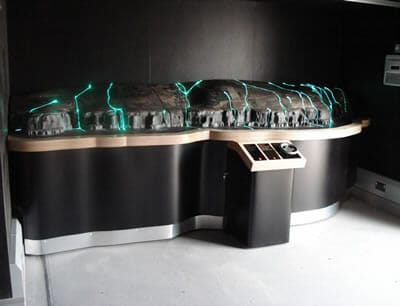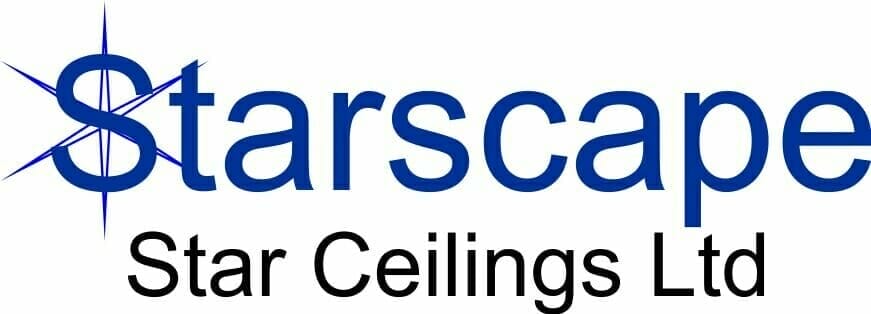It’s always very rewarding to see our fibre optic products used imaginatively and to very good effect, so we are particularly pleased to have been associated with a project by Parc Signs of St. Austell in Cornwall.
The company had been commissioned to produce an interactive model to illustrate aspects of Cornwall’s mining heritage, and believed that optical fibres would work very well to provide feature lighting in the model. We agreed, and were happy to make recommendations about appropriate combinations of fibre types and sizes and light sources. The model is now on display at the Geevor Tin Mine Museum at Pendeen on the Atlantic coast in the far West of Cornwall.
This is apparently the largest preserved mining site in the UK. Until 1990 Geevor was a working mine, and the museum features many surface buildings, a guided underground tour through 18th/19th century workings, a shop and a cafe.
This very impressive model by Parc Signs is designed to help visitors to better understand the underlying geology of the area and the methods that were used to find and extract the metal.
The many surface openings of the mine shafts were indicated through two types of acrylic end fitting to represent major and minor shafts, using 2mm and 0.75mm endglow fibre respectively, with illumination by a halogen light source.
Solid core sideglow light guide was selected to mark the run of the tin lodes, with 150 watt metal halide light sources used to ensure a good bright glow along the length of the fibre. The blue colour of the light is produced by the dichroic glass filter of the colour wheel.
Halogen light sources were used for end-glow fibre lighting and metal halide light sources for the 6mm solid core sideglow lightguide.



